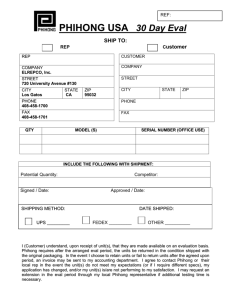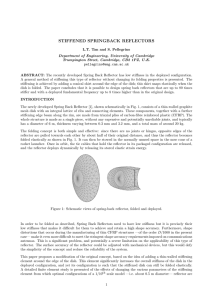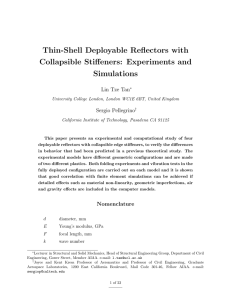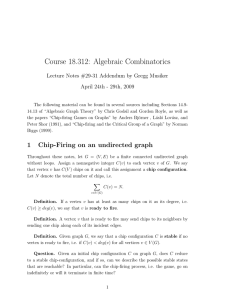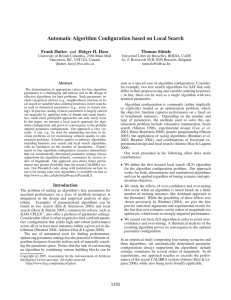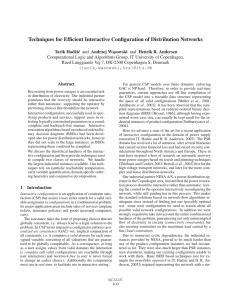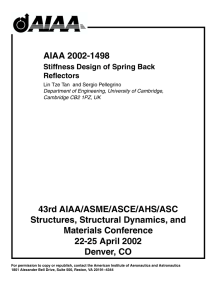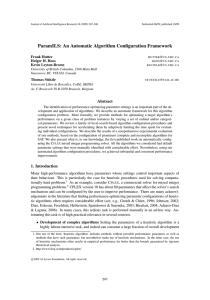Firstorder
advertisement
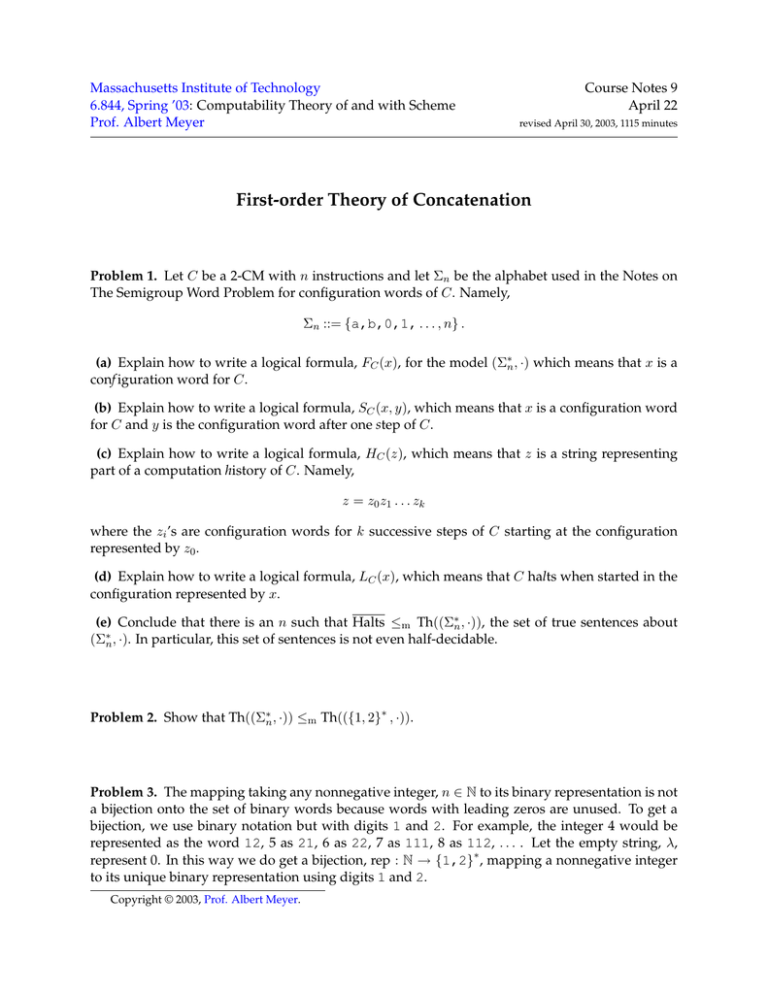
Massachusetts Institute of Technology
6.844, Spring ’03: Computability Theory of and with Scheme
Prof. Albert Meyer
Course Notes 9
April 22
revised April 30, 2003, 1115 minutes
First­order Theory of Concatenation
Problem 1. Let C be a 2­CM with n instructions and let Σn be the alphabet used in the Notes on
The Semigroup Word Problem for configuration words of C. Namely,
Σn ::= {a,b,0,1, . . . , n} .
(a) Explain how to write a logical formula, FC (x), for the model (Σ∗n , ·) which means that x is a
conf iguration word for C.
(b) Explain how to write a logical formula, SC (x, y), which means that x is a configuration word
for C and y is the configuration word after one step of C.
(c) Explain how to write a logical formula, HC (z), which means that z is a string representing
part of a computation history of C. Namely,
z = z 0 z1 . . . z k
where the zi ’s are configuration words for k successive steps of C starting at the configuration
represented by z0 .
(d) Explain how to write a logical formula, LC (x), which means that C halts when started in the
configuration represented by x.
(e) Conclude that there is an n such that Halts ≤m Th((Σ∗n , ·)), the set of true sentences about
(Σ∗n , ·). In particular, this set of sentences is not even half­decidable.
Problem 2. Show that Th((Σ∗n , ·)) ≤m Th(({1, 2}∗ , ·)).
Problem 3. The mapping taking any nonnegative integer, n ∈ N to its binary representation is not
a bijection onto the set of binary words because words with leading zeros are unused. To get a
bijection, we use binary notation but with digits 1 and 2. For example, the integer 4 would be
represented as the word 12, 5 as 21, 6 as 22, 7 as 111, 8 as 112, . . . . Let the empty string, λ,
represent 0. In this way we do get a bijection, rep : N → {1,2}∗ , mapping a nonnegative integer
to its unique binary representation using digits 1 and 2.
Copyright © 2003, Prof. Albert Meyer.
Course Notes 9: First­order Theory of Concatenation
2
(a) Explain how to construct a formula C(x, y, z) with free variables x, y, z such that for all i, j, k ∈
N,
C(i, j, k) ∈ Th((N, +, ×)) iff
Hint: C(x, y, z) iff
rep(i) · rep(j) = rep(k).
x2length(rep(y)) + y = z.
Solution.
2length(rep(j)) = max {n | pow2(n) and n ≤ j + 1} .
pow2(n)
n≤m
iff ∀y. y | n −→ (y = 1 or 2 | y)
iff ∃y. n + y = m.
�
(b) Conclude that Th(({1,2}∗ , ·)) ≤m Th((N, +, ×)).



